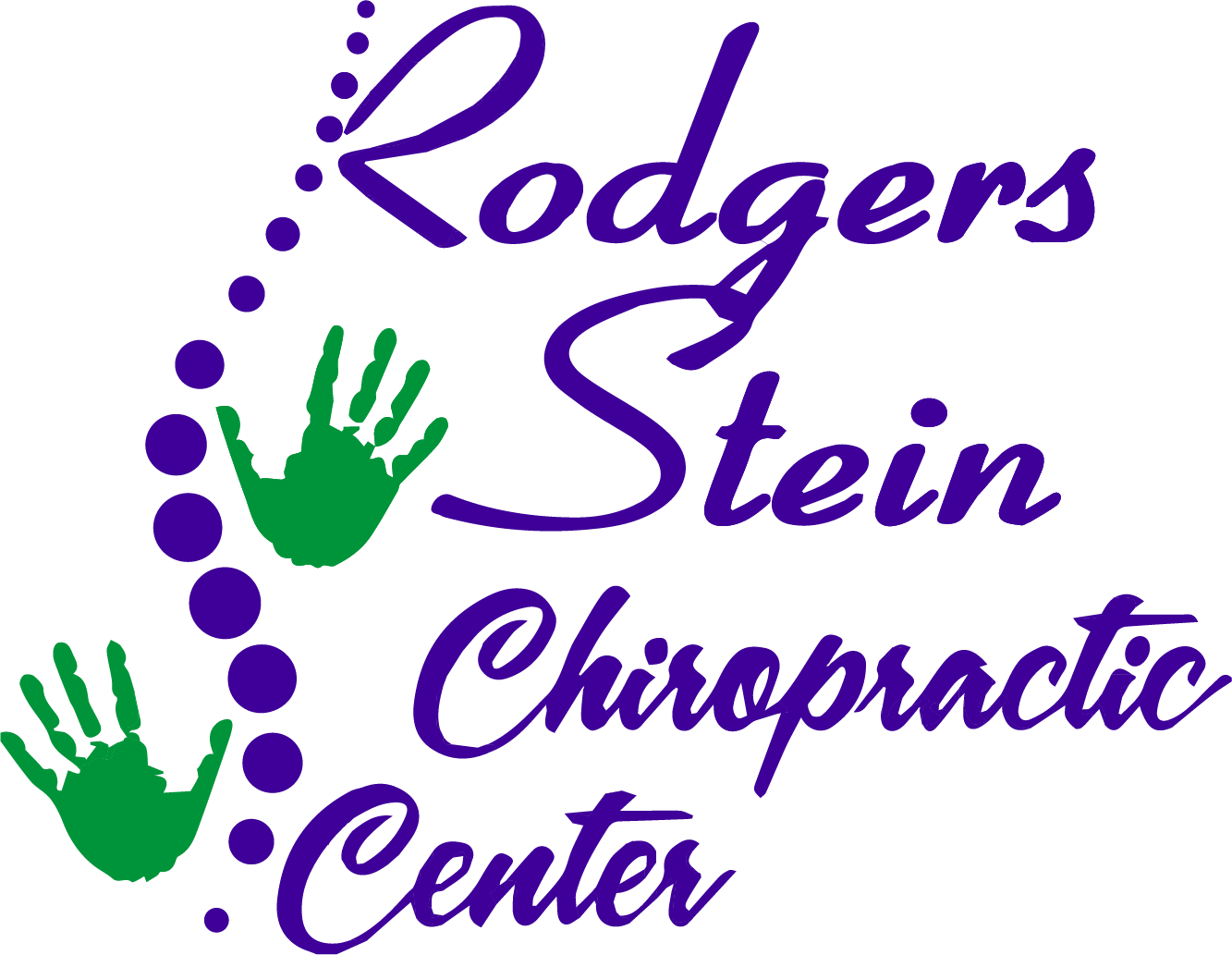If you're struggling with migraines, you might be surprised to learn how chiropractic care can provide relief. By focusing on spinal alignment and muscle tension, chiropractors use a range of techniques that go beyond just adjustments. They also address blood flow, stress management, and even dietary factors, crafting a personalized approach to your care. This holistic perspective not only targets your pain but also supports your overall well-being. Curious about the specific ways chiropractic care can ease your migraine symptoms? Let's explore the essential strategies that could make a difference for you.
Improved Spinal Alignment
When it comes to managing migraine pain, improved spinal alignment plays an essential role. Your spine is more than just a support structure; it's a vital component of your nervous system. When your spine is misaligned, it can create tension and pressure on nerves, leading to increased discomfort and migraine triggers. By addressing these misalignments, chiropractic care can help restore balance and function to your body.
During your chiropractic sessions, your chiropractor will assess your spinal alignment and identify any issues. They'll use specific adjustments to realign your vertebrae, which can lead to better communication between your brain and body. This improved communication can help reduce the frequency and intensity of your migraines.
You'll likely notice that with consistent adjustments, your body starts to respond more favorably to stimuli that would typically trigger a migraine.
You might also find that better spinal alignment improves your overall posture, which can contribute to a decrease in migraine occurrences. Poor posture, such as slouching or leaning forward, can strain your neck and upper back, exacerbating migraine symptoms. By maintaining a proper alignment, you can alleviate some of these strains and prevent potential triggers.
Incorporating chiropractic care into your routine not only addresses current migraine pain but also helps you build resilience against future episodes. You'll be taking proactive steps toward a healthier spine and a more headache-free life.
Reduced Muscle Tension
A significant benefit of chiropractic care for migraine sufferers is the reduction of muscle tension. When you experience migraines, tightness in the neck, shoulders, and upper back often accompanies them, contributing to your discomfort. Chiropractors use specific techniques to address these areas, helping to release the tension that builds up due to stress, poor posture, or spinal misalignments.
During your chiropractic sessions, the practitioner might employ manual adjustments, targeted stretches, and soft tissue therapies. These methods can help alleviate stiffness and promote relaxation in the muscles surrounding the spine and head. As the muscles loosen, you may notice a decrease in the frequency and intensity of your migraine attacks.
Additionally, by focusing on muscle tension, chiropractic care can improve your overall posture and alignment. Poor posture often leads to muscle imbalances, which can exacerbate tension headaches and migraines. By correcting these imbalances, you can achieve lasting relief from discomfort.
Many patients report feeling a sense of immediate relief following their chiropractic adjustments. You'll likely find that with regular care, your muscle tension gradually decreases, making it easier to manage your migraines.
Incorporating chiropractic treatments into your wellness routine can be a proactive step toward reducing migraine pain and enhancing your overall quality of life.
Enhanced Blood Flow
When you receive chiropractic care, it can enhance blood flow throughout your body, leading to improved circulation mechanics.
This boost helps optimize oxygen delivery to your tissues, which is vital for reducing migraine pain.
Additionally, better blood flow contributes to a lower inflammation response, further alleviating discomfort.
Improved Circulation Mechanics
Improved circulation mechanics play an essential role in alleviating migraine pain. When blood flow is enhanced, it delivers crucial nutrients and oxygen to your brain, helping to reduce the intensity and frequency of migraines.
Chiropractic care can help achieve this by adjusting your spine and addressing any misalignments that may be obstructing proper circulation.
Here are three ways improved circulation mechanics can benefit you:
- Reduced Muscle Tension: As circulation improves, muscles around your neck and shoulders relax, easing the pressure that can trigger migraines.
- Balanced Blood Pressure: Enhanced blood flow helps regulate your blood pressure, preventing spikes that can lead to migraine onset.
- Accelerated Healing: Better circulation means that your body can efficiently remove toxins and inflammatory substances, promoting overall brain health and reducing migraine triggers.
Oxygen Delivery Optimization
Enhancing blood flow not only boosts circulation but also optimizes oxygen delivery to your brain, which is essential in managing migraine pain. When you receive chiropractic care, your spinal alignment improves, allowing for better nerve function and increased blood flow. This means that more oxygen-rich blood reaches your brain, providing it with the necessary nutrients to function effectively.
As your body adjusts to chiropractic treatments, you might notice a decrease in the frequency and intensity of your migraines. The enhanced oxygen delivery can help mitigate the triggers that lead to these debilitating headaches. With better oxygen supply, your brain can better manage stressors and respond more effectively to pain signals.
Incorporating chiropractic adjustments into your routine not only supports overall wellness but also directly contributes to optimizing oxygen delivery. You may find that regular sessions help maintain this improved circulation, making it easier for your body to combat migraine episodes.
Prioritizing your blood flow and oxygen levels can lead to a significant reduction in your migraine pain, allowing you to enjoy a more active and fulfilling life. Don't underestimate the power of enhanced blood flow in your journey toward relief.
Reduced Inflammation Response
A reduced inflammation response is essential in managing migraine pain, and chiropractic care plays a significant role in achieving this.
When you visit a chiropractor, they focus on enhancing blood flow and reducing inflammation, which can help alleviate your migraine symptoms. By properly aligning your spine and improving nervous system function, chiropractic adjustments can reduce the body's inflammatory response, making it easier for you to cope with migraines.
Here are three ways chiropractic care helps reduce inflammation and enhance blood flow:
- Spinal Adjustments: These realign your vertebrae, improving nerve function and circulation, which can decrease inflammation in the brain.
- Soft Tissue Therapy: Techniques like massage release tension in tight muscles, promoting better blood flow and reducing inflammatory markers.
- Lifestyle Guidance: Chiropractors often provide advice on nutrition and stress management, which can further aid in lowering inflammation levels in your body.
Stress Relief Techniques
Stress is a common trigger for migraines, so finding effective relief techniques is essential.
Deep breathing exercises and mindfulness meditation practices can help you manage stress and reduce the frequency of your headaches.
Deep Breathing Exercises
Many people find that deep breathing exercises can be an effective way to alleviate tension and reduce migraine pain. By focusing on your breath, you can lower stress levels and create a sense of calm.
Here's how to get started:
- Inhale deeply: Close your eyes and take a slow, deep breath through your nose. Picture your lungs filling with air, expanding your chest and belly. Hold this breath for a moment, allowing your body to relax.
- Exhale slowly: Release the breath gently through your mouth. Imagine letting go of all the tension and stress as the air flows out. Feel your shoulders drop and your muscles loosen.
- Repeat: Continue this process for several minutes. With each cycle, visualize a wave of relaxation washing over you, easing the tightness in your head and neck.
Incorporating these deep breathing exercises into your daily routine can help you manage migraine triggers more effectively.
As you practice, you'll notice a greater sense of control over your body and mind, making it easier to cope with pain when it arises.
Mindfulness Meditation Practices
When it comes to managing migraine pain, mindfulness meditation practices can be a powerful tool for stress relief. By focusing on the present moment, you can reduce anxiety and tension that often trigger migraines.
Start by finding a quiet space where you can sit comfortably. Close your eyes and take a few deep breaths, allowing your body to relax.
As you settle in, pay attention to your breath. Notice the rhythm of your inhalations and exhalations. If your mind starts to wander, gently bring your focus back to your breath. This practice helps you cultivate awareness and can reduce the overwhelming feelings that often accompany migraine pain.
You might also explore guided mindfulness meditation through apps or online resources. These guided sessions can provide structure, making it easier to get into the practice.
Even a few minutes a day can have a significant impact on your overall well-being.
Incorporating mindfulness meditation into your daily routine can empower you to manage your stress levels more effectively, ultimately easing the frequency and intensity of your migraines.
Nutritional Guidance
Nutrition plays a vital role in managing migraine pain, and making informed dietary choices can greatly impact your overall well-being. By focusing on the right foods, you can help reduce the frequency and severity of migraines. Here are three key nutritional strategies to take into account:
- Stay Hydrated: Dehydration can trigger migraines, so it's important to drink plenty of water throughout the day. Aim for at least eight 8-ounce glasses daily, and think about adding hydrating foods like cucumbers and watermelon to your meals.
- Incorporate Magnesium-Rich Foods: Studies suggest that magnesium deficiency may be linked to migraines. Including foods such as spinach, nuts, and whole grains in your diet can help maintain adequate magnesium levels. Snacks like almonds or pumpkin seeds can be great options to keep on hand.
- Avoid Common Triggers: Certain foods might trigger migraines for you, so it's important to identify and avoid them. Common culprits include aged cheeses, processed meats, and artificial sweeteners. Keeping a food diary can help you pinpoint what to steer clear of.
Customized Treatment Plans
Customized treatment plans for migraine relief often focus on individual needs and preferences. When you visit a chiropractor, they'll assess your specific symptoms, triggers, and overall health to create a plan tailored just for you. This personalized approach guarantees that your treatment addresses the unique factors contributing to your migraines.
Your chiropractor may start with a thorough examination, including a discussion about your medical history, lifestyle, and migraine patterns. This helps them identify any physical imbalances or structural issues that could be exacerbating your pain. Based on this assessment, they'll develop a customized plan that may include spinal adjustments, soft tissue therapies, and specific exercises designed for you.
Chiropractic care often incorporates complementary modalities like massage, physical therapy, or even lifestyle recommendations. These elements can help alleviate tension and improve your overall well-being.
Your chiropractor will likely adjust your treatment plan as you progress, ensuring it remains effective and relevant to your changing needs. Regular follow-up appointments allow you to discuss your experience and any changes in your migraine patterns.
This ongoing communication is crucial, as it helps your chiropractor fine-tune your plan. You'll also learn strategies to manage triggers and maintain spinal health, empowering you to take charge of your migraine relief journey.
Long-Term Pain Management
While personalized treatment plans lay the foundation for effective migraine relief, long-term pain management is key to maintaining those benefits. You want to guarantee that the progress you've made with your chiropractic care doesn't slip away.
By focusing on long-term strategies, you can build a lifestyle that supports ongoing relief and reduces the frequency and intensity of migraines.
Here are three essential components to reflect on for long-term migraine management:
- Regular Chiropractic Adjustments: Continuing your visits with a chiropractor helps maintain spinal alignment and reduces tension in the muscles. These sessions can prevent migraines from resurfacing by promoting better overall health and balance within your body.
- Lifestyle Modifications: Adopting healthy habits plays an important role in pain management. This includes staying hydrated, incorporating regular exercise, and practicing stress-relief techniques such as yoga or meditation. Each small change contributes to your overall well-being and can greatly impact migraine occurrence.
- Dietary Considerations: Paying attention to your diet can make a world of difference. Keeping a food diary to identify potential triggers—like caffeine, aged cheese, or processed foods—can help you avoid those culprits.
Eating balanced meals rich in nutrients supports your body's resilience against migraines.
Conclusion
Incorporating chiropractic care into your routine can greatly ease migraine pain. By focusing on improved spinal alignment, reduced muscle tension, and enhanced blood flow, you're setting the stage for relief. Plus, stress relief techniques and nutritional guidance empower you to tackle triggers head-on. Customized treatment plans guarantee that your unique needs are met, while regular sessions support long-term pain management. Embrace these strategies, and take charge of your health for a brighter, pain-free tomorrow.



